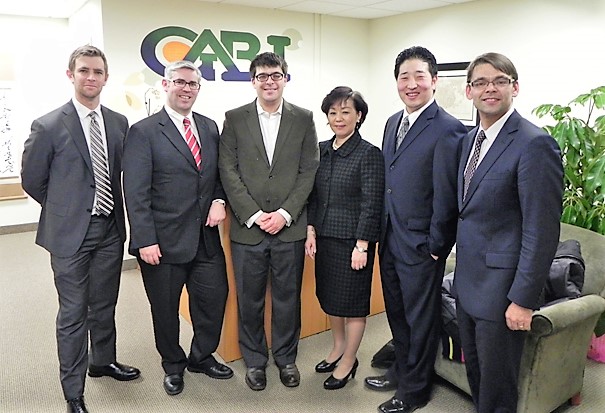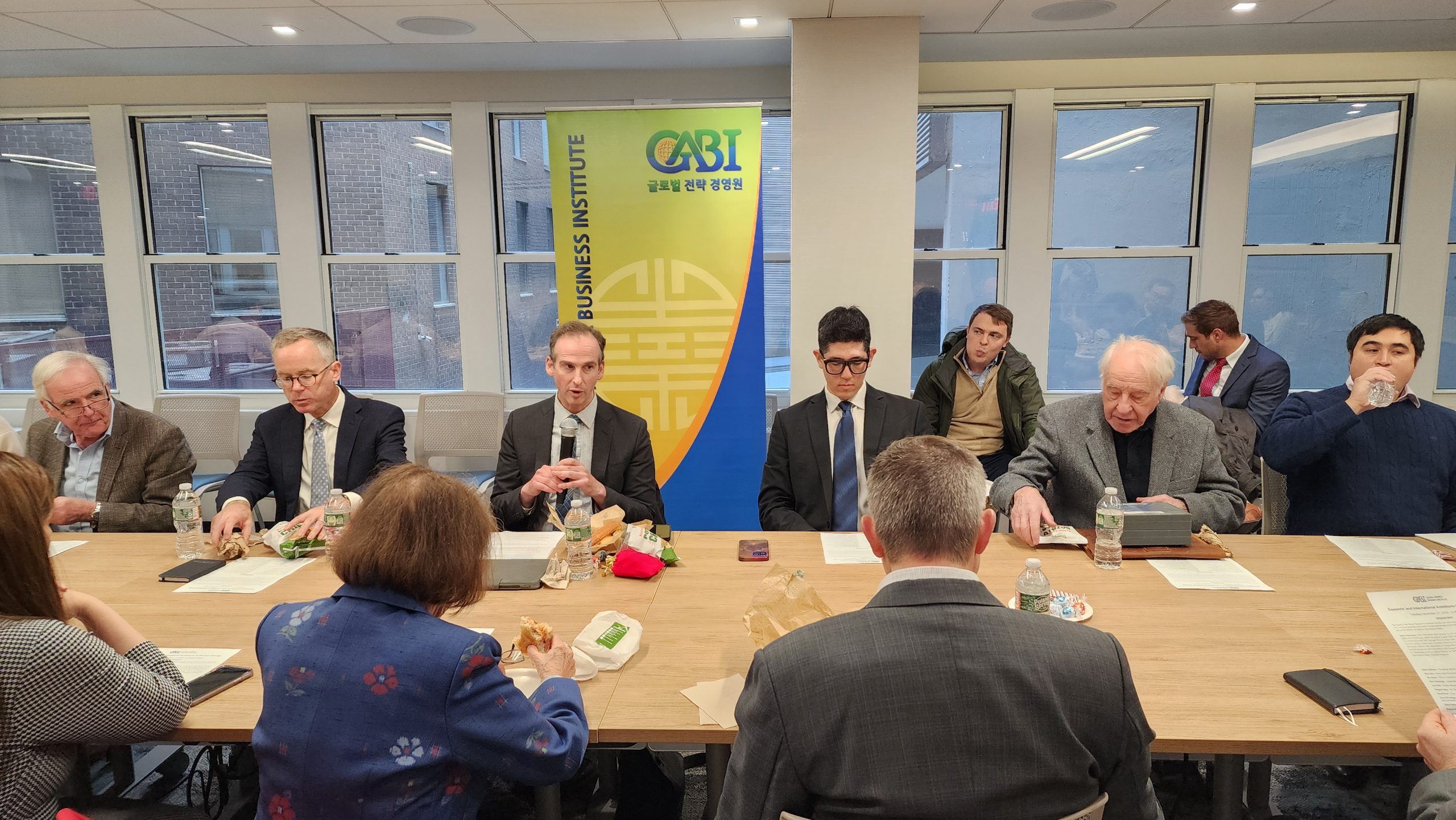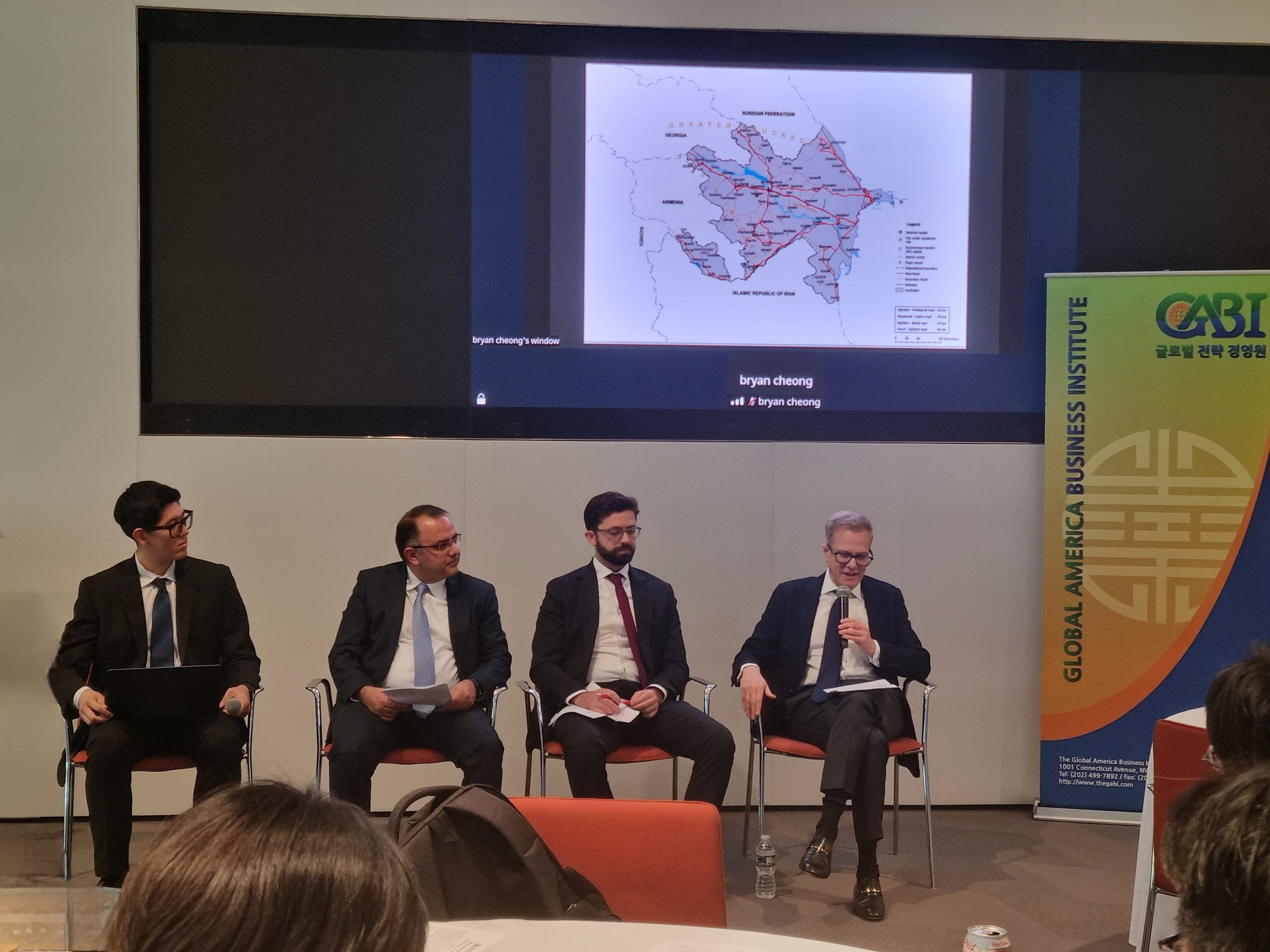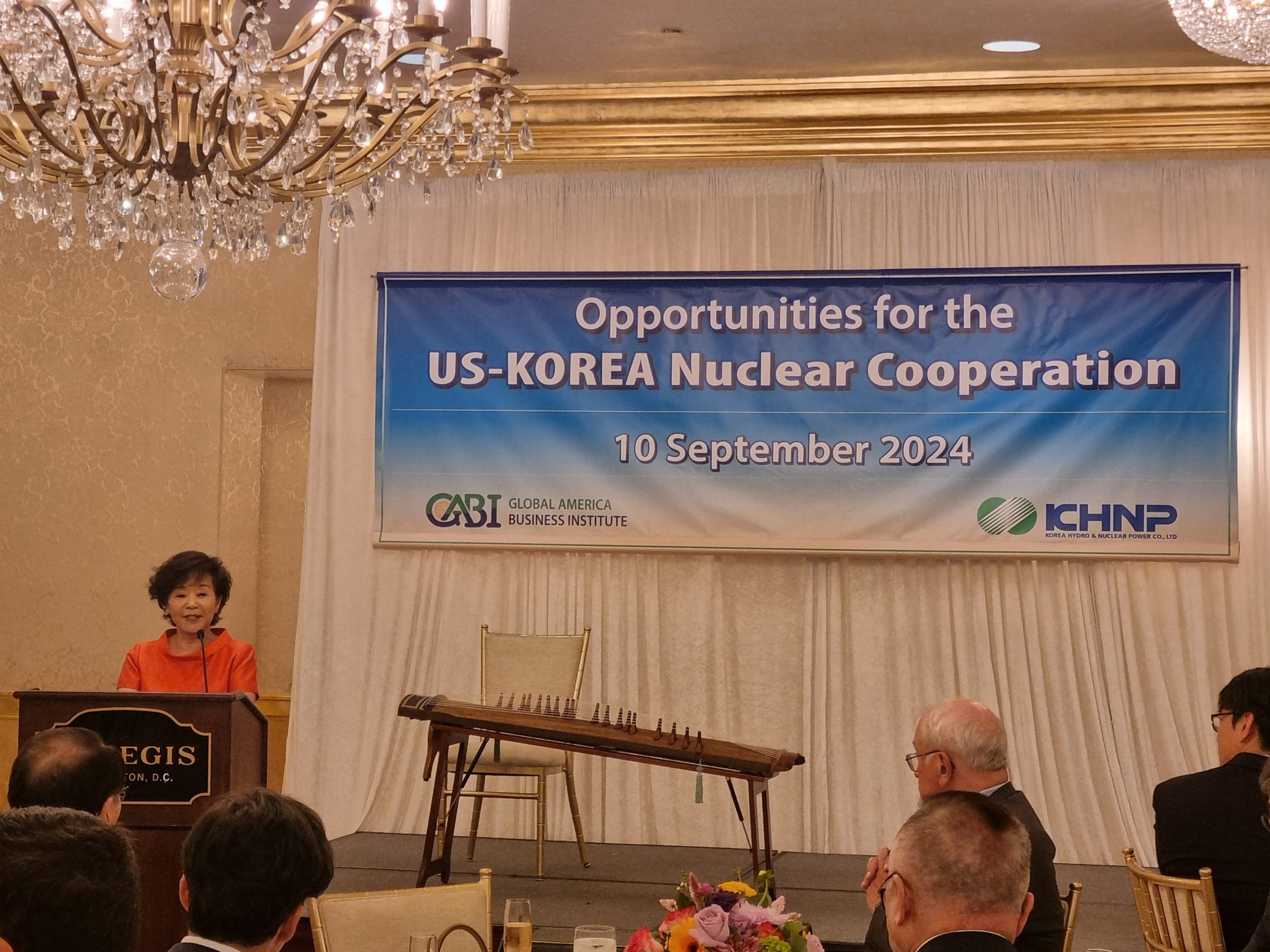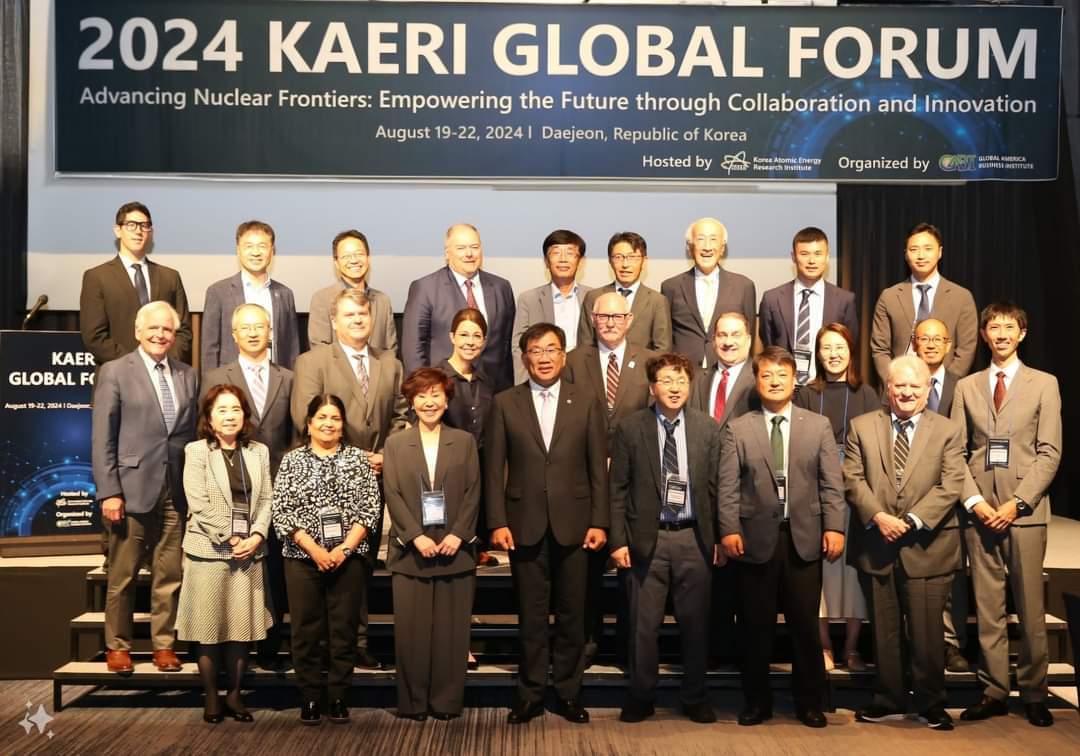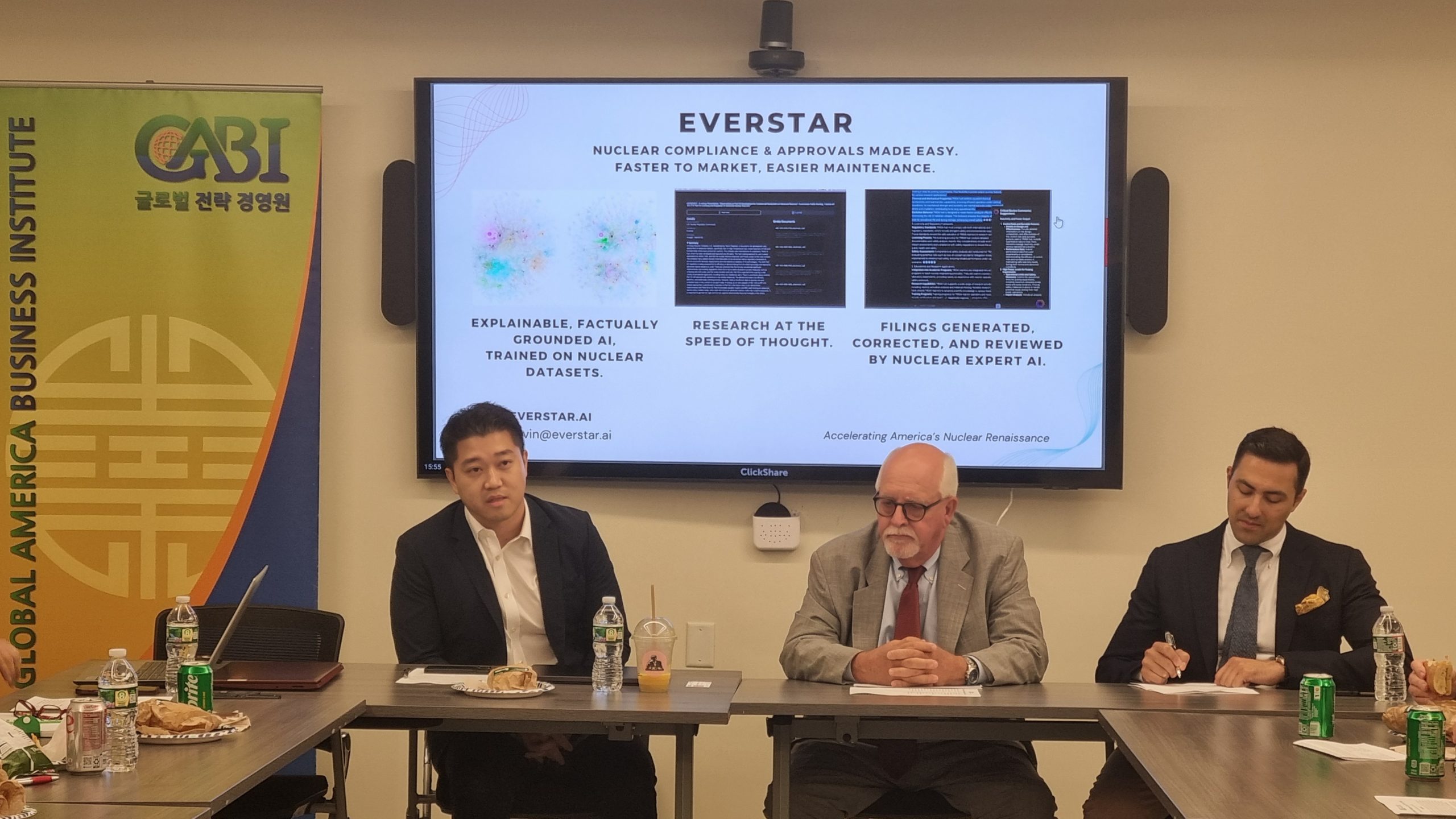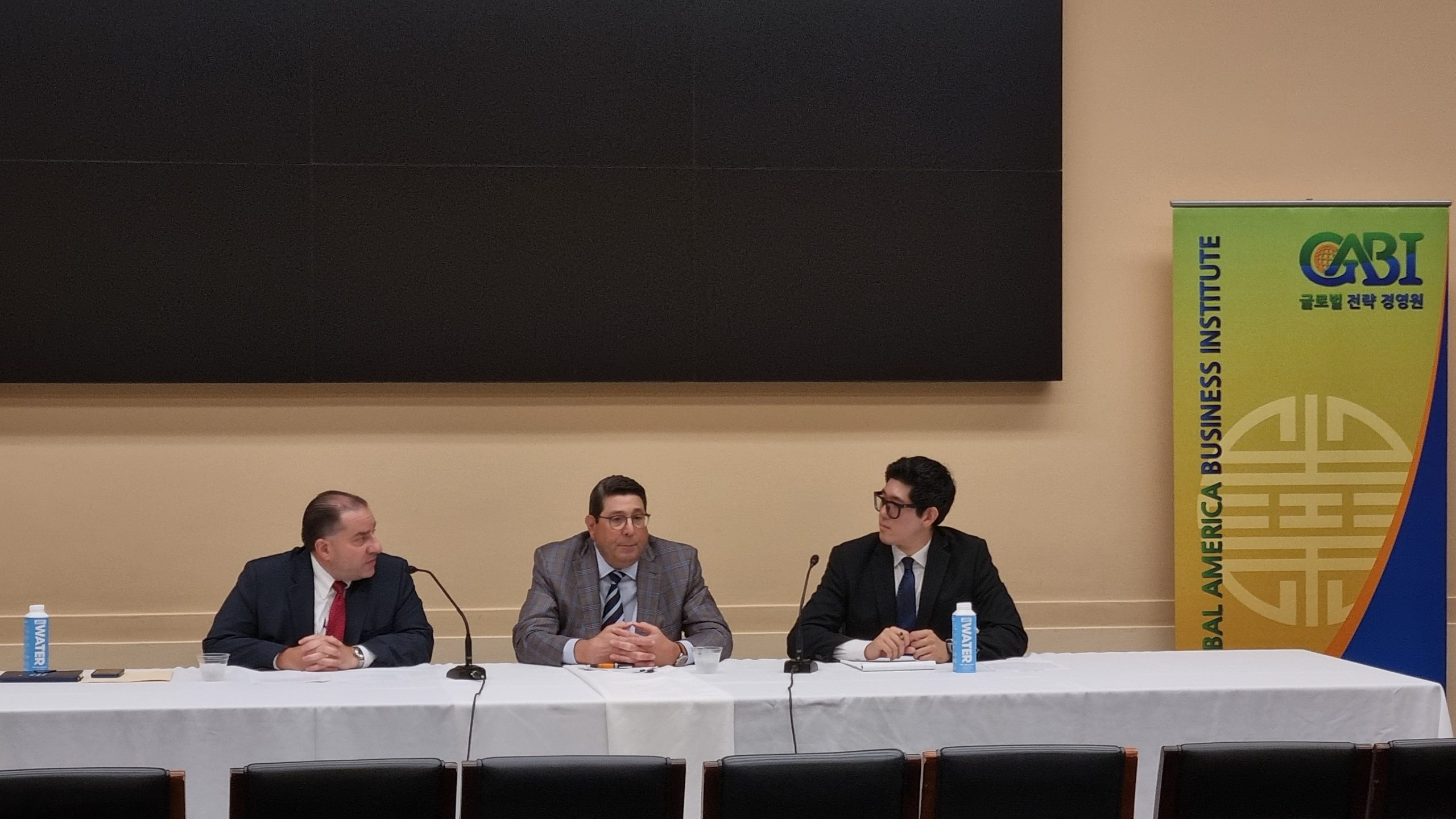America’s commitment to global nonproliferation has generated friction in its relationships in Northeast Asia, as countries in the region continue to aggressively pursue sensitive nuclear technologies. US worries over North Korea’s recently reported progress towards a uranium enrichment capability have been the most visible manifestations of such tensions. However, conflict and controversy have surfaced even between the US and its Asian allies. In South Korea, the burgeoning spent fuel problem has prompted calls to revise the terms of the 123 Agreement between the ROK and the US, which is set to expire in 2014. Disagreements in renegotiations between the US and South Korea have centered around a contentious debate about the proliferation-resistance of pyroprocessing and concerns that permitting South Korean reprocessing would set a negative precedent. Following the Fukushima incident, Japanese nuclear policy has been in a state of flux, producing even more uncertainty about the future of the controversial Rokkasho Reprocessing Plant. Although a permanent closure of Rokkasho is unlikely, the facility’s long history of failure and malfunction has raised many questions about the future of Japanese reprocessing. Even if both South Korea and Japan are eventually able to successfully implement reprocessing technologies, storage facilities for spent fuel would still be necessary, possibly putting the region’s nuclear future in the hands of Mongolia, which has taken part in negotiations about the creation of a multinational geological repository within its borders. However, such discussions have yet to go beyond a general level. Whatever the ultimate outcomes, the direction of nuclear policy in Northeast Asia will likely have a tremendous global impact on the future of nuclear power and the nonproliferation regime.

